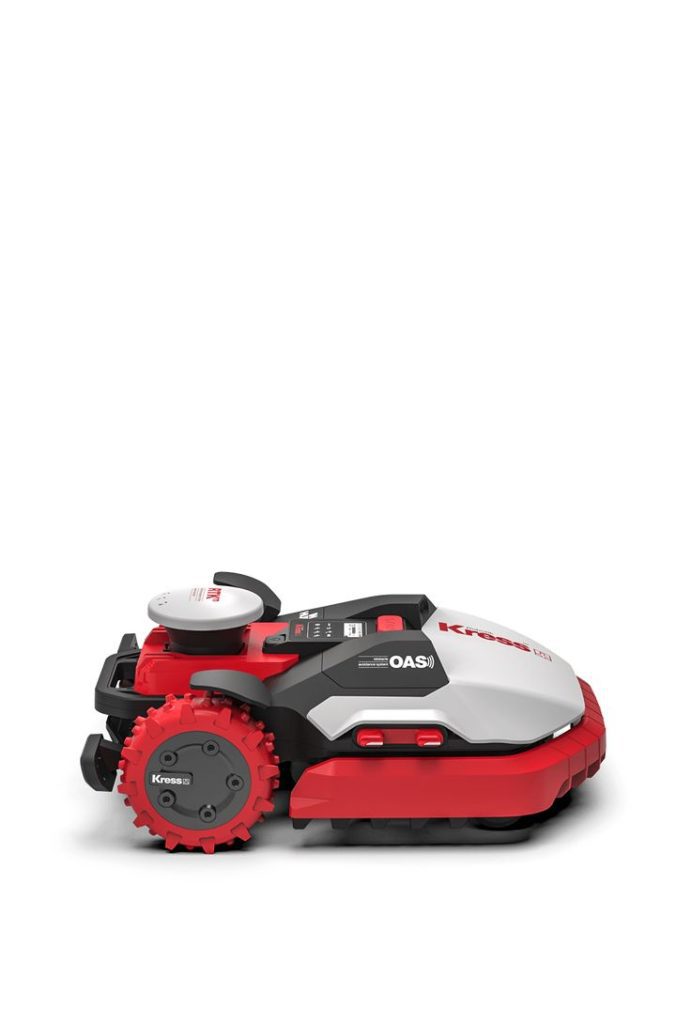The promise of a perfectly manicured lawn without lifting a finger makes automatic grass cutting robot an incredibly appealing investment. However, with a growing number of models and features on the market, selecting the right one for your specific garden can feel overwhelming. A thoughtful approach, considering your lawn’s unique characteristics and your personal preferences, will ensure you choose a robot mower that delivers optimal performance and long-term satisfaction. This guide will walk you through the essential factors to consider when making your choice.
1. Assess Your Lawn’s Size and Complexity
The first and most crucial step is to accurately evaluate your garden.
- Lawn Size (Area Capacity): Every robot mower is rated for a maximum lawn size, typically expressed in square meters or acres. Measure your lawn accurately and choose a model with a capacity that comfortably matches or slightly exceeds your needs. Overestimating can lead to incomplete coverage and excessive battery drain.
- Complexity and Obstacles: Consider the layout. Is your lawn a simple, open rectangle, or does it feature numerous trees, flower beds, garden furniture, ponds, or narrow passages? Mowers with advanced navigation and obstacle avoidance systems will perform better in complex environments.
- Multiple Zones: If your garden has separate lawn areas connected by paths (e.g., front and back yards), look for models with multi-zone management capabilities that can navigate between and mow these distinct areas.
2. Evaluate Your Garden’s Terrain and Slopes
The topography of your lawn directly impacts which robot mower models are suitable.
- Slopes/Gradients: If your garden has inclines, check the mower’s maximum gradient capability, usually given as a percentage. Standard mowers handle gentle slopes, but steeper hills require models with higher power, robust wheels, and sometimes all-wheel drive (AWD).
- Uneven Surfaces: Lawns with significant bumps, dips, or exposed roots can challenge a robot. Look for mowers with good ground clearance and a flexible cutting deck that can adapt to uneven terrain without scalping the grass or getting stuck.
3. Understand Navigation and Boundary Systems
The method a robot uses to define its mowing area is a key differentiator.
- Boundary Wire (Traditional): Most common models use a physical wire laid around the perimeter of your lawn. This requires an initial installation effort but offers reliable containment.
- Wire-Free (Virtual Boundaries): Newer, often premium, models use GPS, RTK (Real-Time Kinematic), or vision-based mapping to create virtual boundaries via an app. This simplifies installation and offers greater flexibility for defining zones, but requires a clear view of the sky for GPS or specific environmental conditions for vision systems.
- Mowing Pattern: Consider if the mower uses a random pattern (effective for simple lawns) or a systematic pattern (more efficient for larger, open areas, often found in GPS-enabled models).
4. Prioritize Cutting Performance and Quality
The primary function is, of course, cutting grass effectively.
- Cutting Width: A wider cutting deck means fewer passes and faster completion times, which is beneficial for larger lawns.
- Cutting Height Adjustment: Look for easy and precise cutting height adjustments, ideally electronic, to tailor the cut to your grass type and seasonal needs.
- Mulching Capability: Nearly all robot mowers mulch clippings back into the lawn, which is excellent for lawn health. This is a standard and desirable feature.
5. Consider Battery Life and Charging Efficiency
Battery performance dictates how long the mower can operate and how quickly it can get back to work.
- Runtime: Match the mower’s runtime to your lawn size. Longer runtimes mean fewer trips to the charging station.
- Charging Time: Faster charging times reduce downtime, allowing the mower to complete its tasks more quickly.
- Automatic Charging: Ensure the mower seamlessly returns to its base to recharge and resumes mowing automatically.
6. Evaluate Smart Features and Connectivity
Modern robot mowers offer a range of features that enhance convenience and control.
- Smartphone App Control: Essential for scheduling, monitoring, and remote management.
- Rain Sensors: Automatically send the mower home during rain.
- Anti-Theft Features: PIN codes, alarms, and GPS tracking are crucial for security.
- Voice Assistant Integration: For seamless integration into your smart home.
- Obstacle Avoidance: Advanced sensors (ultrasonic, camera-based) that detect and avoid objects proactively.
7. Safety and Noise Levels
Safety is paramount, especially if children or pets frequent the garden.
- Safety Sensors: Look for lift, tilt, and impact sensors that immediately stop the blades.
- Blade Design: Small, pivoting blades are generally safer than large, fixed ones.
- Noise Level: Robot mowers are significantly quieter than traditional mowers. Check the decibel rating if quiet operation (e.g., for night mowing) is a priority.
By carefully weighing these factors against your garden’s specific characteristics and your personal needs, you can confidently choose the automatic grass cutting robot that will provide years of effortless lawn maintenance and a beautifully manicured garden.


